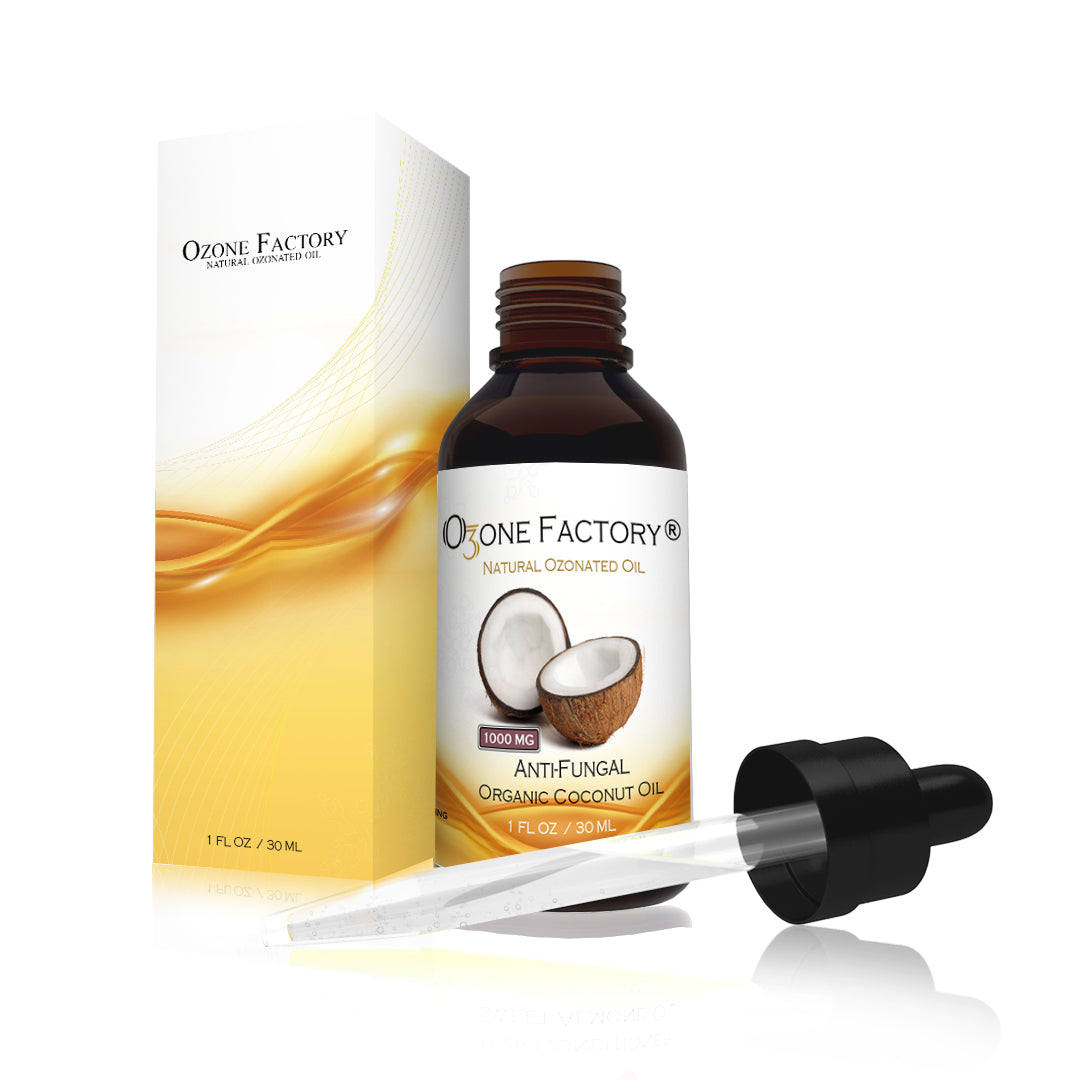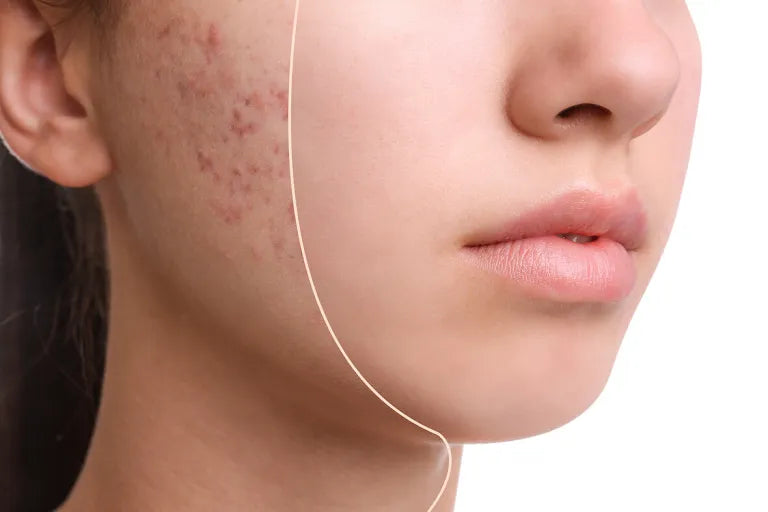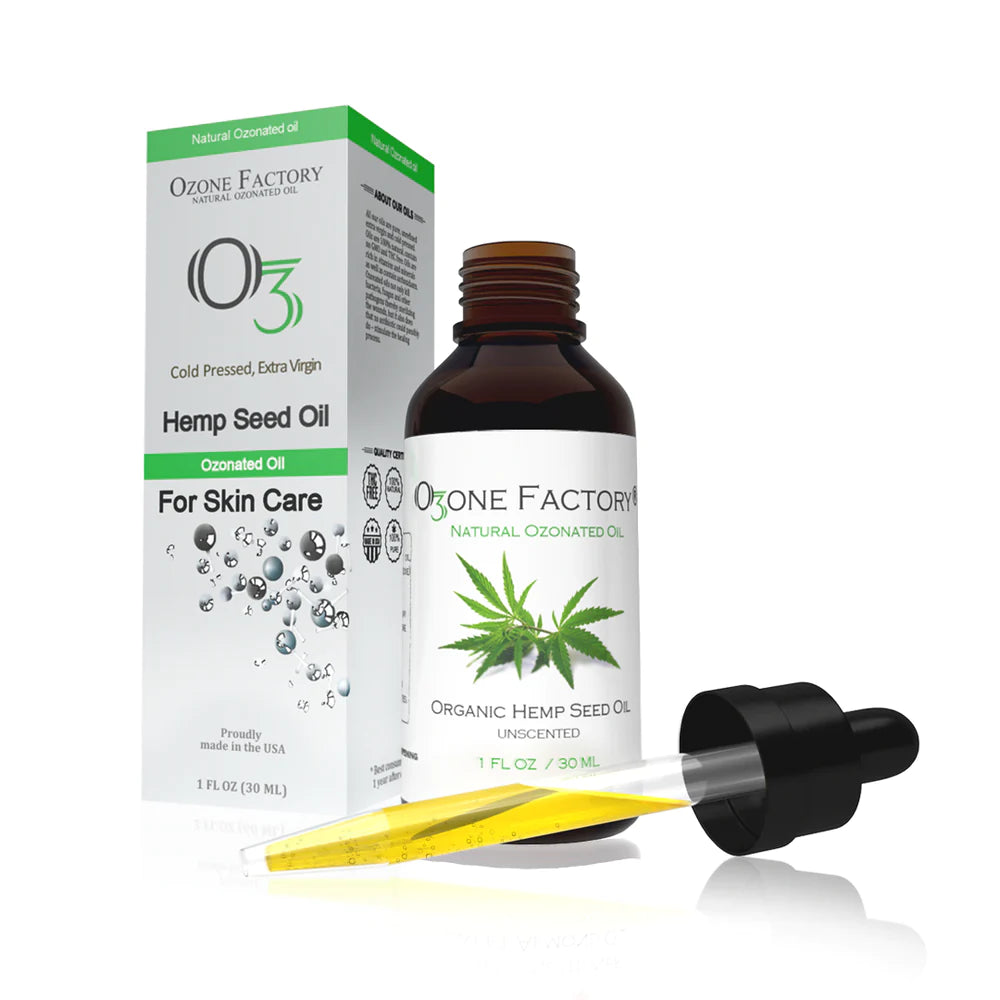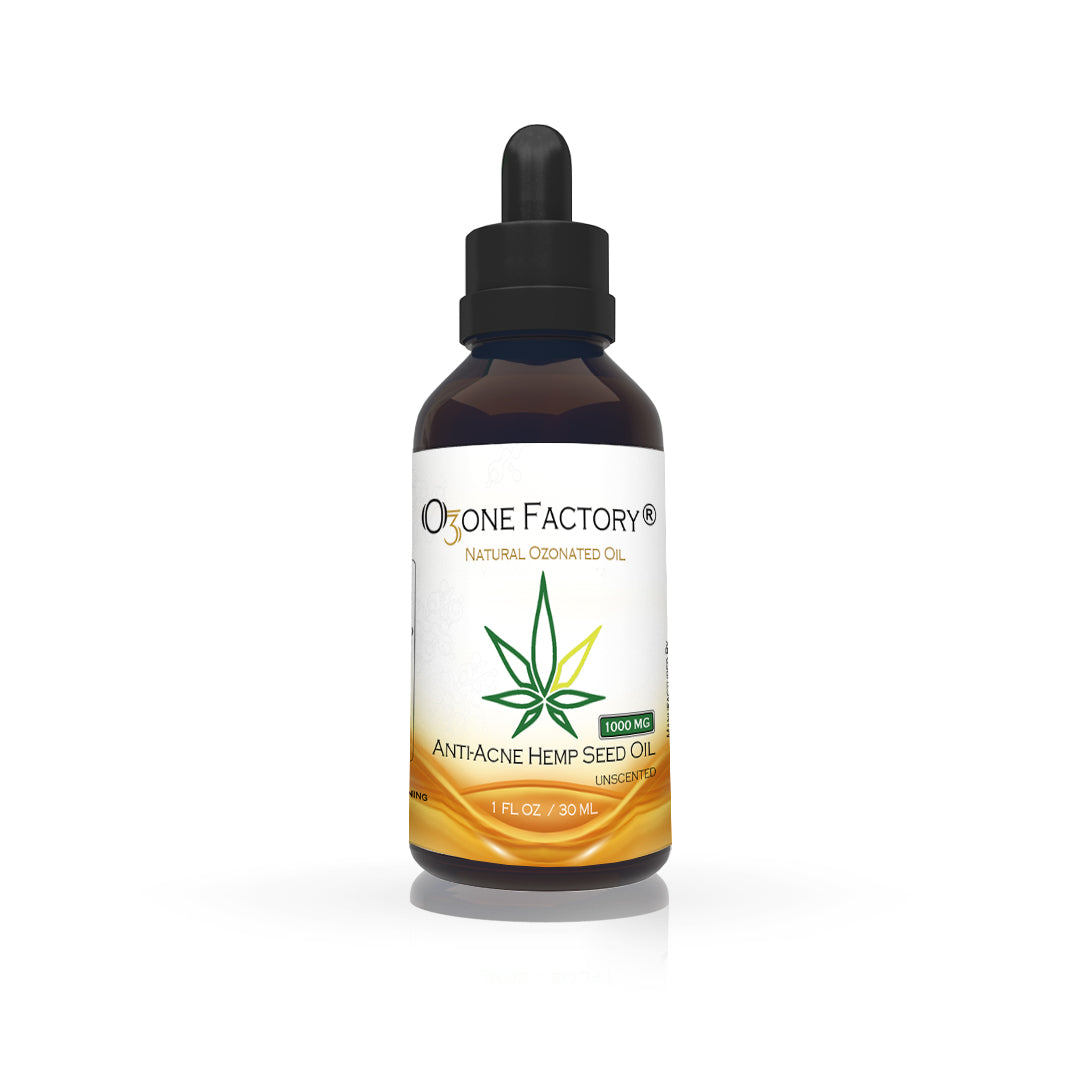The cosmetic and beauty industry is one of the world’s oldest professions, dating as far back as 1000 B.C. to the Picts, a tribe in Scotland. The use of ointments and oils was recorded on papyrus by the Ancient Egyptians, and cold cream is said to have been invented by the ancient Greek physician Galen. The quest for beautiful skin will bring many patients seeking expert advice to the dermatologist’s office.

Aging Skin Factors
How skin ages depends on a number of factors. The primary factor that determines the way a person ages is underlying genetics. Other internal influences include diet, lifestyle, drug, and alcohol history. Smoking, a cause of premature aging of the skin, has been directly linked with elevations in matrix metalloproteinase-1 (MMP-1), which is a zinc-dependent protease responsible for degradation of dermal collagen. Environmental exposures, including weather changes and pollutants, have a direct impact on skin aging, with the most profound degradative changes caused by chronic UV exposure with resultant photoaging.

Antioxidants
The use of antioxidants in any anti-aging skin care regimen is essential in order to combat and prevent further damage. Vitamins have been used to combat free radical damage for many years.
- Vitamin E. Topically applied vitamin E plays an enormous role in protecting the skin from free radical damage. Vitamin E is the most abundant antioxidant found in skin, and it is produced in human sebaceous glands in its alpha- and gamma-tocopherol forms. These tocopherols are part of a natural protective mantle that has been described and is, in fact, the first line of protection against environmental stress. As the vitamin E levels of the skin diminish, the production of alpha- and gamma-tocopherols occurs in the sebaceous glands and is delivered to the skin’s surface via sebum. Oxidative damage occurs when the rate of depletion of vitamin E exceeds the rate of production.
-
Vitamin C. Vitamin C is a major water soluble antioxidant that plays a vital role in photoprotection as well as in collagen synthesis.
The role of vitamin C in photoprotection has been demonstrated by the dramatic reduction of vitamin C in skin following UV radiation. In addition, a combination of both vitamins E and C work synergistically to enhance their photoprotective effects.
Vitamin C is an essential cofactor for the hydroxylation of proline and lysine, a necessary step in collagen synthesis. In fact, fibroblasts in cell culture will selectively secrete collagen when vitamin C is added in a dose-dependent fashion. Its role in collagen synthesis is probably responsible for the wrinkle-reducing and skin-firming effects that vitamin C has on aged skin. - Coenzyme Q10. CoQ10 is a powerful free radical inhibitor that inhibits lipid peroxides from forming in plasma membranes. The presence of CoQ10 in the mitochondria may play a role in preventing oxidative stress induced cellular apoptosis since it is in the mitochondria where the final apoptotic signal is dispatched. As we age, CoQ10 levels diminish, as does cellular energy production, which may improve by adding CoQ10. Topical application of CoQ10 has been reported to show a reduction in wrinkles; however, more studies need to be done.
- Lipoic Acid. Lipoic acid is a very powerful antioxidant that has the unusual advantage of being both water and fat soluble and is an important cofactor in mitochondrial dehydrogenases. Topical application of 3% lipoic acid has demonstrated its ability to decrease UVB-induced erythema, which demonstrates its photoprotective and anti-inflammatory properties. Also, a 12 -week study demonstrated that using a topical cream containing 5% alpha-lipoic acid was quite effective in treating signs of photoaging.
- Selenium. Selenium is an essential trace element with antioxidant, anti-inflammatory, and anticarcinogenic activities. As an anti-aging skin care ingredient, selenium’s protective ability lies in its essential role as a cofactor in the formation of the important protective enzyme glutathione peroxidase. Selenium’s anti-inflammatory properties have been demonstrated by its ability to inhibit skin damaging UV-induced inflammatory cytokines.
-
Vitamin A–Retinoids. Retinoids play an important role in skin development and regulate the growth and differentiation of keratinocytes. Topical vitamin A has the ability to diminish the signs of aging by decreasing fine lines and wrinkling. In addition, there is a normalization and enhancement of elasticity. Improvement of skin tone and texture is a benefit of vitamin A, which enhances skin lightening when used in conjunction with skin lighteners.
 B Vitamins
B Vitamins
- Panthenol (provitamin B5) is the stable analog of pantothenic acid that has been used in skin care, nail products, and most especially in hair products through its enhanced moisturizationg benefits. Pantothenic acid enhances wound healing through cell proliferation and protein synthesis and quickly penetrates the skin.
- Nicotinamide (niacinamide) is another B vitamin that has entered the skin care arena. Most studies of this vitamin have focused on the anti-inflammatory effects of nicotinamide and its benefit in acne treatment.
Alpha-Hydroxy Acids (AHAs)
About 25 years before glycolic acid made its dramatic entry into the cosmetic skin care market in the early 1990s, lactic acid had been described as part of the skin’s NMF and was used with great success in skin moisturizers. In addition, Drs. Van Scott and Yu described the effectiveness of lactic acid in treating ichthyosis and disorders of keratinization.
Polyhydroxy Acids (PHAs)
The polyhydroxy acids (PHAs) are the next generation of AHAs. They provide the anti-aging, skin-smoothing benefits of the AHAs without the potentially irritating side effects of burning and stinging. PHAs include gluconolactone and lactobionic acid, which are structurally larger molecules than AHAs allowing for slower skin penetration and thus fewer side effects.
Beta-Hydroxy Acids (BHAs)
The most frequently used beta-hydroxy acid is salicylic acid. It is found in most over-the-counter (OTC) products and has been used primarily in the treatment of acne. Part of its effectiveness as an acne treatment may stem from its lipid solubility and ability to penetrate sebum. More recently, salicylic acid has been used in the treatment of photoaging with in-office peels of 20–30%.

Concluzion
At baseline, ozonated oils are packed with antioxidants, which can fight free radicals that can cause wrinkles. They’re also delivering extra moisture to your skin, tamping down on potential wrinkle formation even more. And, whether you’re looking for something to ramp up collagen production, improve your complexion, or increase skin cell turnover, there’s an ozonated oil for that. We invite you to discover ozonated oils from Ozone Factory and to stay young forever.






